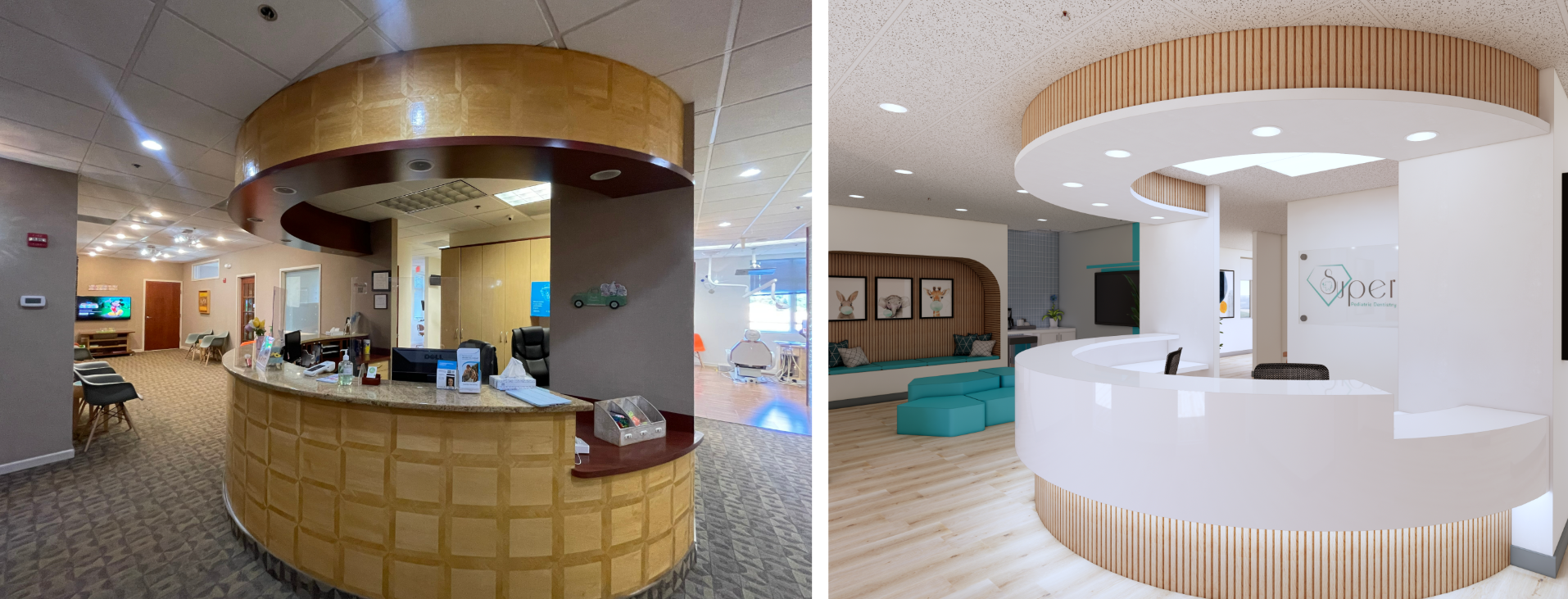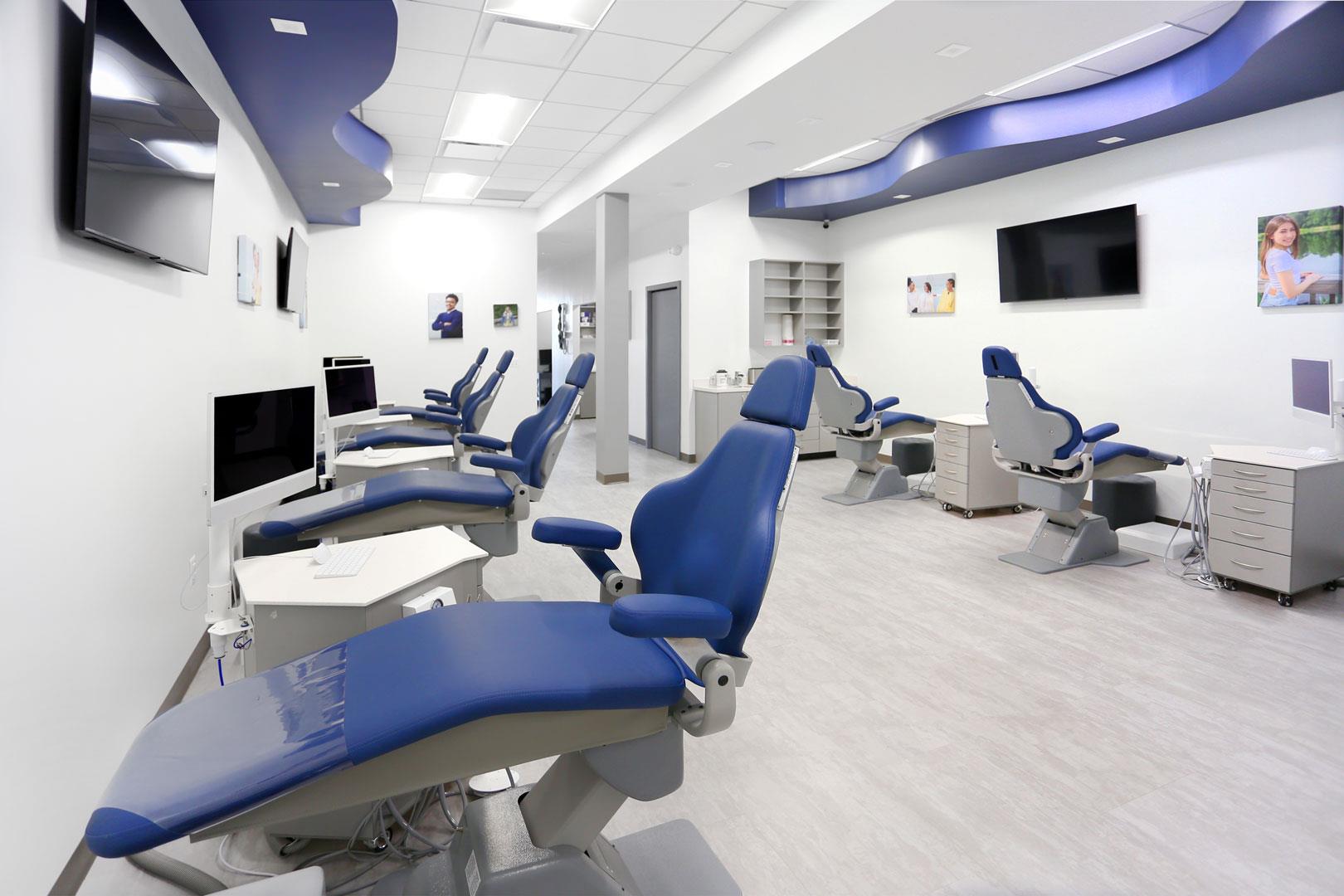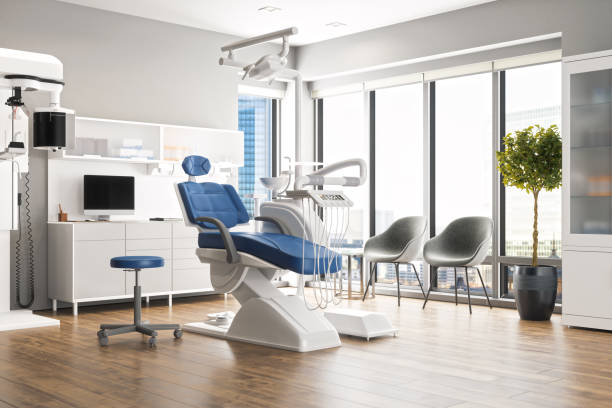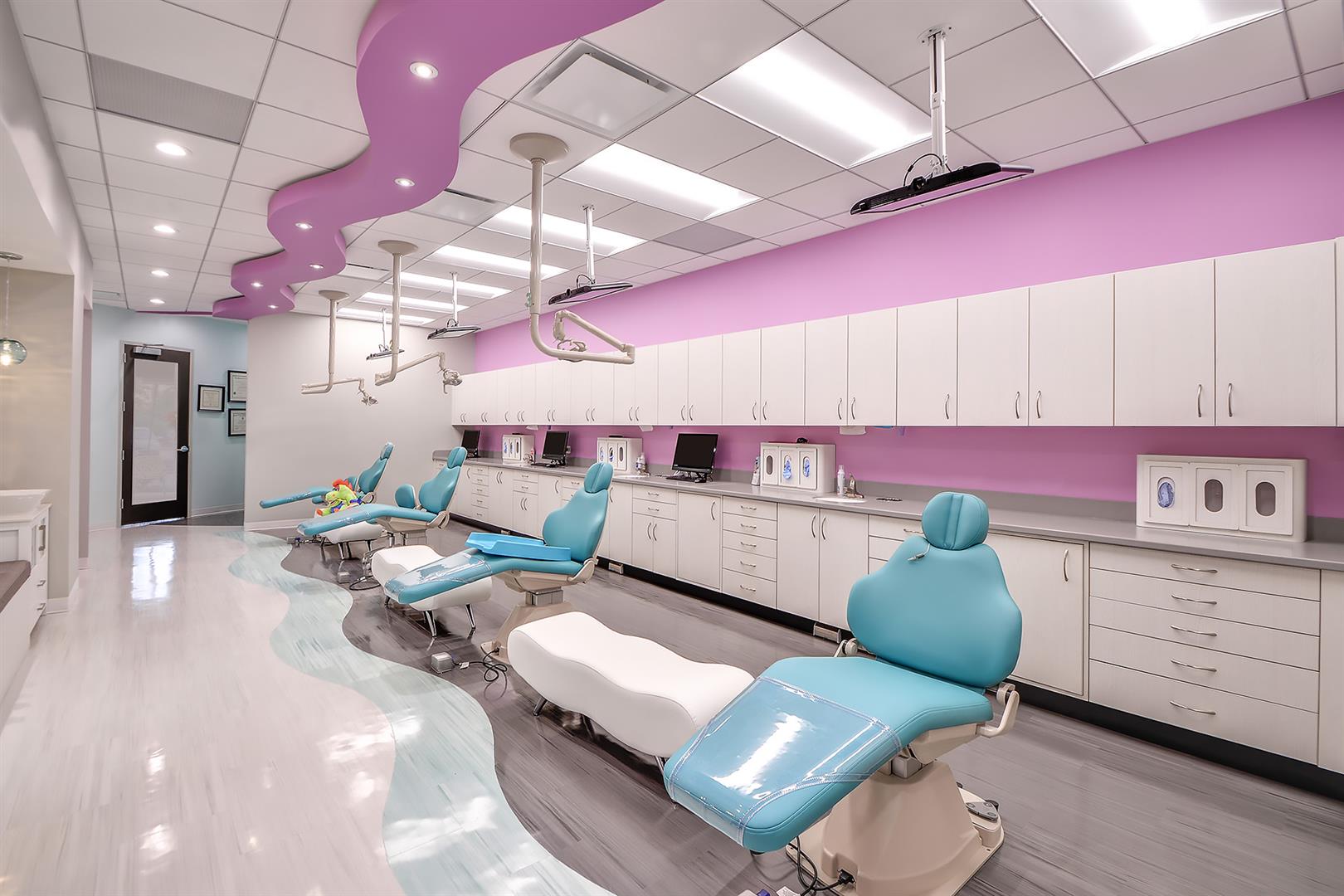By Artin Safarian, President Arminco Inc.
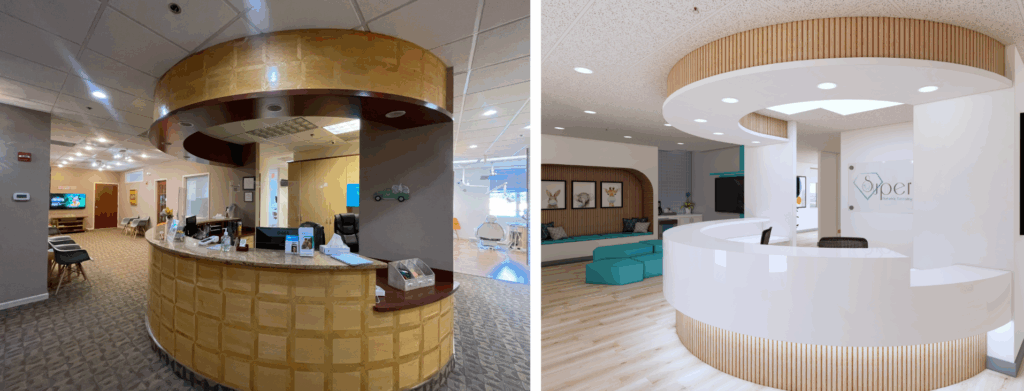
Purchasing a second-generation dental space or condominium can be a highly effective way to reduce build-out time and costs compared to starting from scratch. However, these opportunities also come with unique challenges as they are not often available. Most spaces that are available are likely to be old and have a very inefficient layout. Chances are their layout and infrastructure are designed for a much older period that does not work efficiently in today’s time.
There are, however, some that may be good enough to evaluate and consider. By approaching the process methodically, you can make an informed investment that supports both your clinical goals and long-term practice success. Below are eight key steps to guide your decision-making. Stay focused, and do not deviate from it as backtracking can be costly and tiresome.
1. Define Your Practice Needs
Begin with a clear understanding of your clinical and operational requirements—this is the foundation of your entire project. Build a business plan and outline your financial goals, your operational vision, the number of operatories you need today, specialty services you intend to offer, technology you plan to integrate, and your future expansion strategy.
Establishing these parameters early allows you to evaluate properties objectively rather than reactively. By linking your business plan directly to your site selection criteria, you ensure that every decision supports your overall vision and creates a seamless path from planning to practice.
2. Define the Area(s) You Want to Search
Location directly shapes your patient demographics, referral networks, and competitive positioning. Before selecting a site, conduct a thorough market analysis of the communities you are considering.
Evaluate factors such as:
- Accessibility from major roads
- Visibility and signage potential
- Parking availability and public transportation
- Proximity to hospitals, medical centers, or referring specialists
- Long-term population growth trends
Go beyond basic demographics to analyze competitive density, dental spending patterns, insurance participation rates, and lifestyle indicators. Establish a clear search area before touring properties to streamline the process and focus only on those that align with your practice goals.
3. Start Your Search
Engage a broker or consultant experienced in dental and medical properties. Unlike general brokers, healthcare-focused specialists understand building codes, ADA compliance, zoning, and infrastructure needs.
A skilled professional will:
- Provide access to off-market opportunities
- Perform market comparisons
- Identify red flags early
- Negotiate terms that protect your long-term interests
Partnering with the right professional sets the foundation for a smoother and more efficient search.
4. Make an Offer with a Study & Financing Period
Once you find a promising space, submit an offer contingent on a study (due diligence) period and a closing period. These contingencies allow you to:
- Conduct inspections (structural, mechanical, code compliance)
- Review financing options
- Understand all costs—improvements and equipment
- Secure lending terms
Typically, a 45-day study period followed by a 30-day closing period is adequate to make a fully informed decision.
5. Review the Existing Infrastructure
Second-generation dental spaces may include existing plumbing, electrical, HVAC, and vacuum/compressor systems. These can be cost-saving, but only if they are in good condition and code compliant.
Engage qualified professionals to evaluate whether modifications, upgrades, or replacements are needed. Be especially cautious when converting one specialty practice into another, as requirements can differ significantly.
6. Assess the Floor Layout & Patient Flow
Layout directly impacts patient experience and staff productivity. Evaluate whether sterilization, imaging, reception, and operatories are efficiently placed.
Avoid the temptation to “make do” with an inefficient layout—this often results in higher long-term costs, frustration, and operational stress. Always assess layout efficiency before committing to a space.
7. Obtain an Inspection Report
A comprehensive building inspection should assess:
- Roofing, HVAC, plumbing, and electrical systems
- ADA accessibility
- Fire safety and code compliance
For healthcare spaces, an inspection is crucial because demands (plumbing, HVAC, equipment loads) are greater than standard tenants. Use the inspection report as leverage for negotiations and budgeting.
8. Determine the Outcome
Once due diligence is complete, you can:
- Move forward with the purchase as-is
- Withdraw from the deal
- Negotiate further (repairs, credits, concessions)
This ensures you move forward strategically rather than reactively.
Conclusion
Navigating the purchase of a second-generation dental space or condo is complex and requires expertise across real estate, design, construction, and compliance.
Fortunately, companies and professionals offer Project Management / Owner’s Representation services to act as your advocate—coordinating due diligence, overseeing inspections, and managing negotiations—so you can focus on your practice.
Engaging the right support can be invaluable in ensuring a smooth, cost-effective, and successful transition into your new space.
